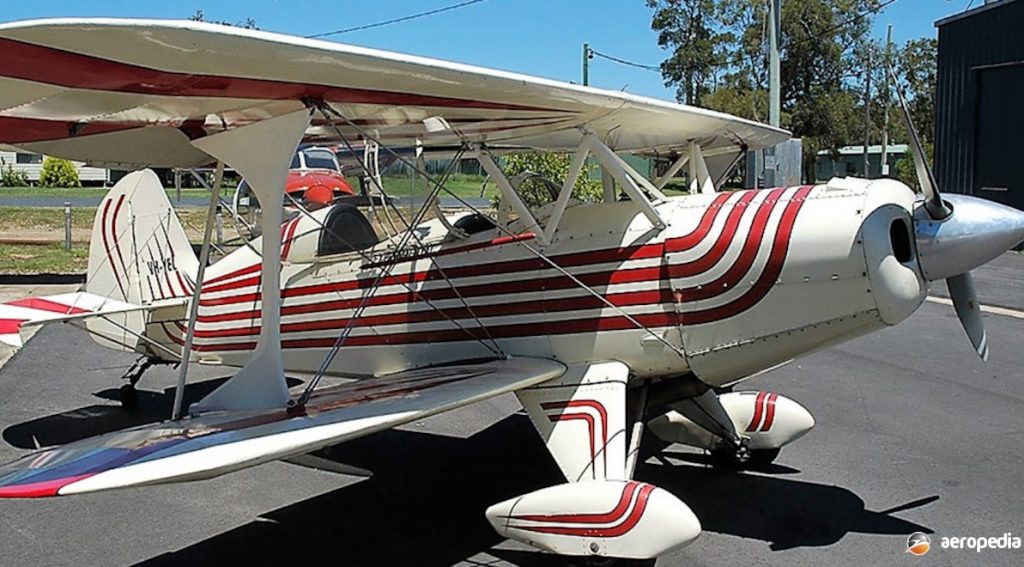
A preliminary ATSB report into the cause of an amateur-built Acroduster aerobatic biplane crash near Bribie Island in August has found that two eye bolts used to secure the aircraft’s upper wings failed due to fatigue cracking.
The cracking was determined following technical examinations performed by the Brisbane unit of the Australian Transport Safety Bureau.
The two-seat, kit-built Acroduster Too had taken off from Caboolture in Queensland’s southeast on 18 August 2021, when witnesses reported the aircraft “descended very quickly” shortly after 9:20am.
The plane was located shortly after in remote wetlands near Bribie Island. The pilot was the sole occupant onboard and was found to have been fatally injured in the crash.
According to the ATSB, the fatigue cracking of the two eye bolts led to an in-flight breakup of the aircraft, which is said to have been the cause of the crash. A final report into the incident will be released in due time.
Water Police, PolAir and the Queensland Ambulance Service responded to the incident, after being alerted by nearby pilots and witnesses from the ground that the aircraft had gone down.
Reports suggested it took emergency services around an hour to locate and reach the plane’s wreckage in tidal wetlands in the Pumicestone Passage, west of Bribie Island and north of Brisbane.
A QFES spokesman said first responders were required to forge a path to the scene through the mangroves at the end of Red Road so that they could recover the wreck.
“Swiftwater Rescue are expecting they might have to cross the mud on foot,” he said
“QFES are expecting to need to dismantle the plane wreckage, so they will need to transport cutting equipment in.”
A paramedic was also winched to the crash site to assess the pilot’s injuries, which ultimately proved fatal at the scene.
Representatives from the ATSB’s Brisbane office were deployed to the crash site later that day.
“It was evident to our investigators once they had arrived on site that the aircraft had sustained an in-flight break-up, with the wreckage trail distributed over a distance of about 2.4 kilometres,” said ATSB Chief Commissioner Angus Mitchell.
The main wreckage consisted of the fuselage and tail as well as the outer-wing sections, which had remained attached to the fuselage by bracing wires. The remainder of the wing sections had separated from the aircraft.
The aircraft was recovered from the accident site by barge and taken to a secure facility for a detailed examination.
“Preliminary examination of the main wreckage revealed that two of the eye bolts that attached the upper wings to their supporting struts had failed due to fatigue cracking,” said Mitchell.
The ATSB has already notified the owner of the only other Acroduster in Australia of the issue, and has advised its counterpart agency in the US, the National Transportation Safety Board, so that the information can be shared with the US Federal Aviation Administration, the US Experimental Aircraft Association and the kit plane design and material provider.
Additionally, the ATSB has also now issued a safety advisory notice to alert pilots, owners and maintainers of the Stolp Acroduster (both the SA-700 Acroduster and SA-750 Acroduster) to check the condition of their aircraft.
“While our investigation is ongoing, the safety advisory notice serves to inform operators of this type internationally of this discovery so that they can take appropriate action to ensure that their aircraft remain airworthy,” said Mitchell.
It is not clear how many aircraft may be affected by the safety advisory notice, however approximately 130 Acroduster aircraft have been built since plans for the types were made available in the early 1970s.
The accident aircraft, registered VH-YEL, had been built in the United States from plans supplied in 1976 and first flew in 1981. The aircraft was shipped to Australia in 2003 and had accumulated 717 flight hours at the time of the accident.
Mitchell noted that the preliminary report details basic factual information determined in the investigation’s early evidence collection phase, and a final report will be provided at the conclusion of the investigation.
“As the ATSB’s investigation progresses, transport safety investigators will undertake a metallurgical examination of the entire upper-wing attachment hardware and structure, review the aircraft’s operational history and maintenance procedures and inspection requirements, and further analyse radar data,” he said.















